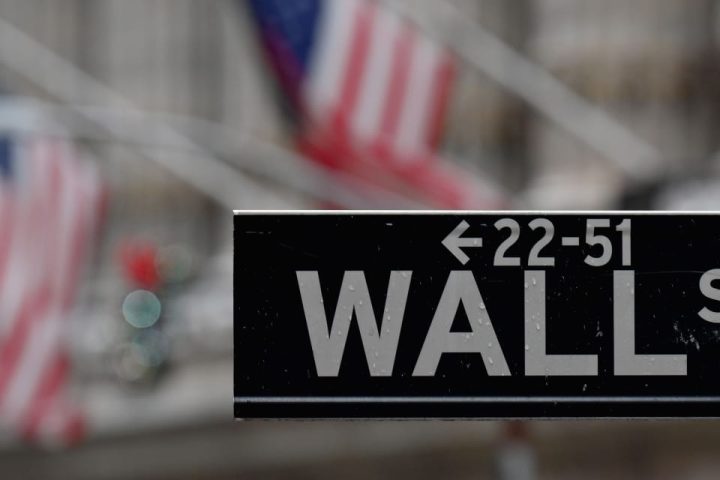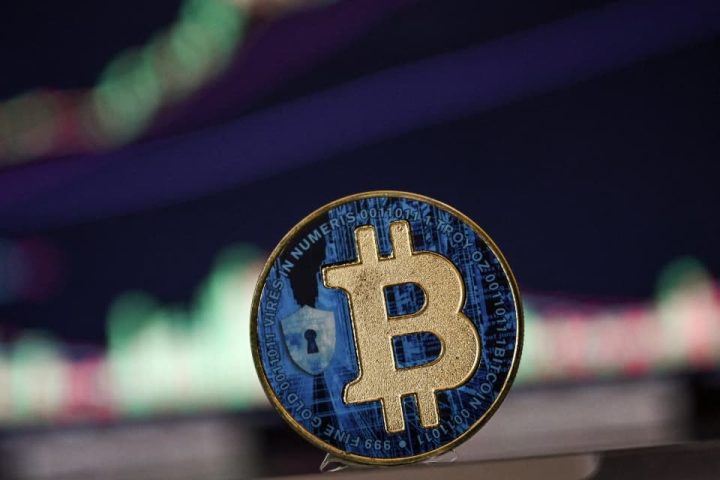Treasury yields broadly jumped on Thursday after hotter-than-expected headline inflation from the September consumer-price index had traders boosting the chances of a December rate hike by the Federal Reserve.
What happened
-
The yield on the 2-year Treasury
BX:TMUBMUSD02Y
rose 6.6 basis points to 5.069% from 5.003% on Wednesday, after touching an intraday high of 5.084%. -
The yield on the 10-year Treasury
BX:TMUBMUSD10Y
jumped 11.5 basis points to 4.71% after factoring in reopening levels. -
The yield on the 30-year Treasury
BX:TMUBMUSD30Y
soared 13.3 basis points to 4.870% from 4.737% late Wednesday. - Thursday’s moves were the largest one-day gains for the 10- and 30-year rates since Oct. 3, based on 3 p.m. Eastern time figures from Dow Jones Market Data.
What drove markets
In data released on Thursday, the U.S. consumer-price index for September produced hotter-than-expected headline inflation rates. Prices climbed 0.4% for last month and remained steady at 3.7% over the 12 months that ended in September — both of which exceeded economists’ expectations.
Another U.S. economic report showed that weekly initial jobless benefit claims remained flat at 209,000, a sign that the job market is still strong.
Resiliency in inflation and the U.S. economy may be playing a bigger role in the recent run-up of long-term Treasury yields than Fed officials think, judging by Thursday’s reaction to September’s CPI data, analysts said. That’s giving way to a greater likelihood that policy makers may need to raise rates one more time.
Read: Stock-market moves show bond traders are still in charge as yields renew rise
Fed-funds futures traders boosted the chances of a 25-basis-point rate hike by the Federal Reserve in December to 31.4%, up from 26.3% a day ago, according to the CME FedWatch Tool. Such a move would lift the fed-funds rate target to between 5.5%-5.75%. Traders saw only an 11.8% chance of a quarter-point hike on Nov. 1.
Treasury’s auction of $20 billion of 30-year bonds came in weak, according to analysts, exacerbating the selloff in U.S. government debt.
What analysts are saying
“There’s very little in today’s CPI report that suggests it’s mission accomplished for the Fed getting the inflation genie back in the bottle,” said Jason Pride, chief of investment strategy and research at Glenmede, which manages roughly $42 billion in assets. “Heading into year-end, the Fed may still choose to raise rates once more, though it may be attentive to already tightening financial conditions due to the rise in long-term rates over the last few months. There are still several important economic indicators to be seen before the December FOMC, but another rate hike should remain on the table for now.”
Read the full article here







